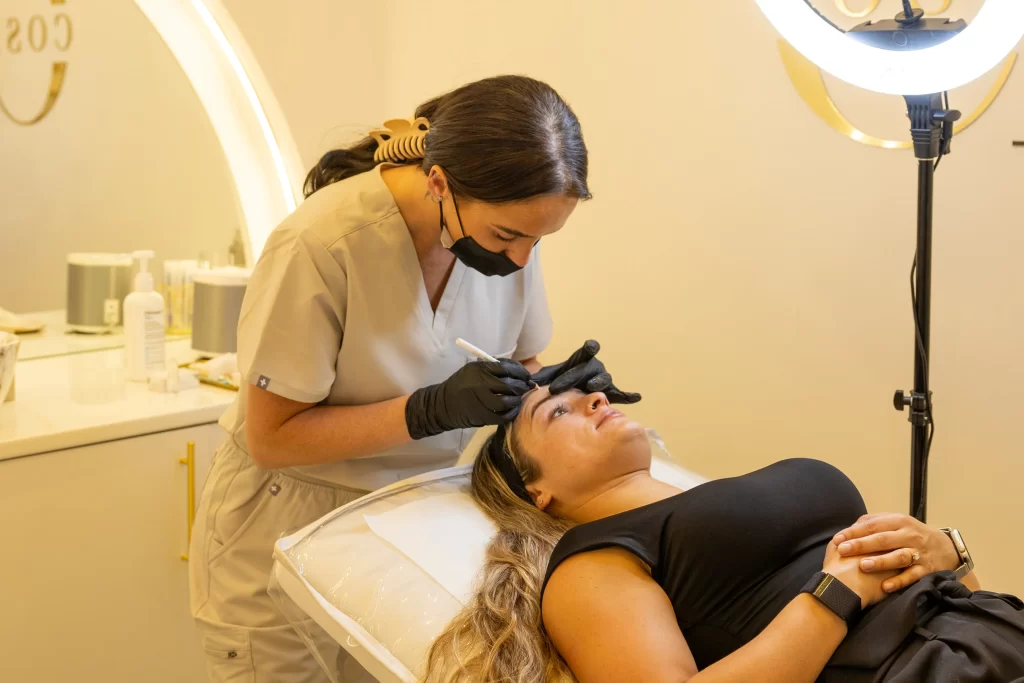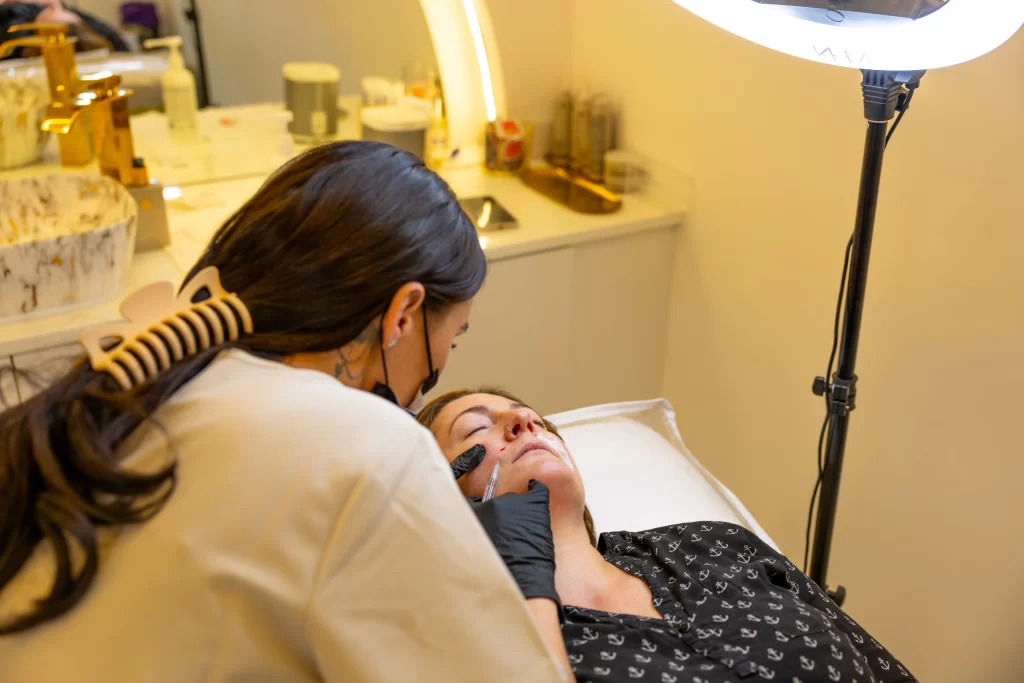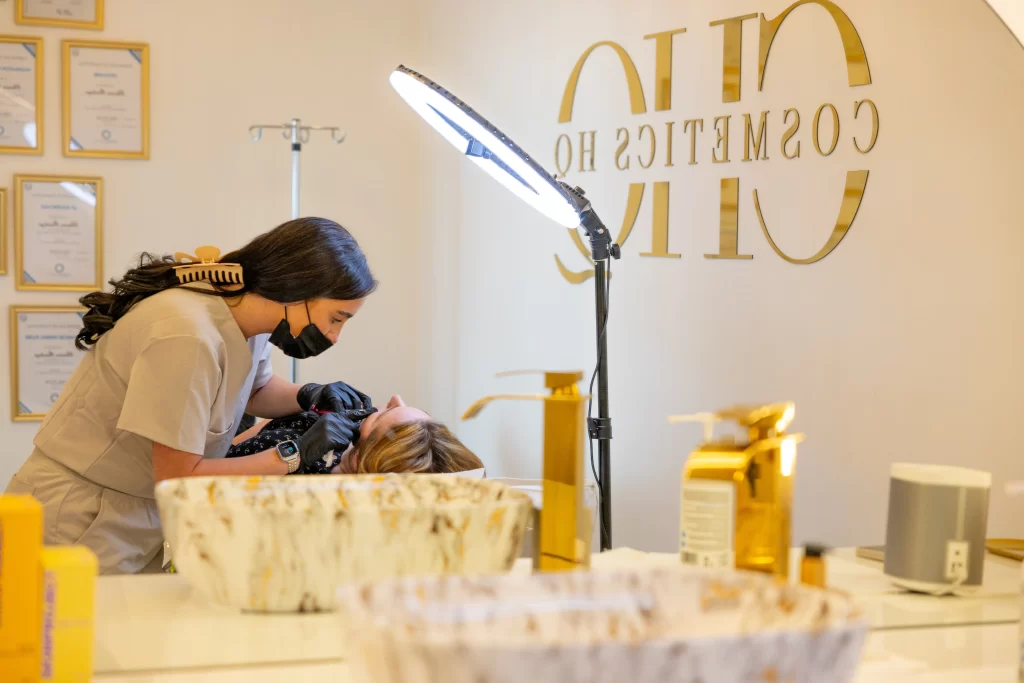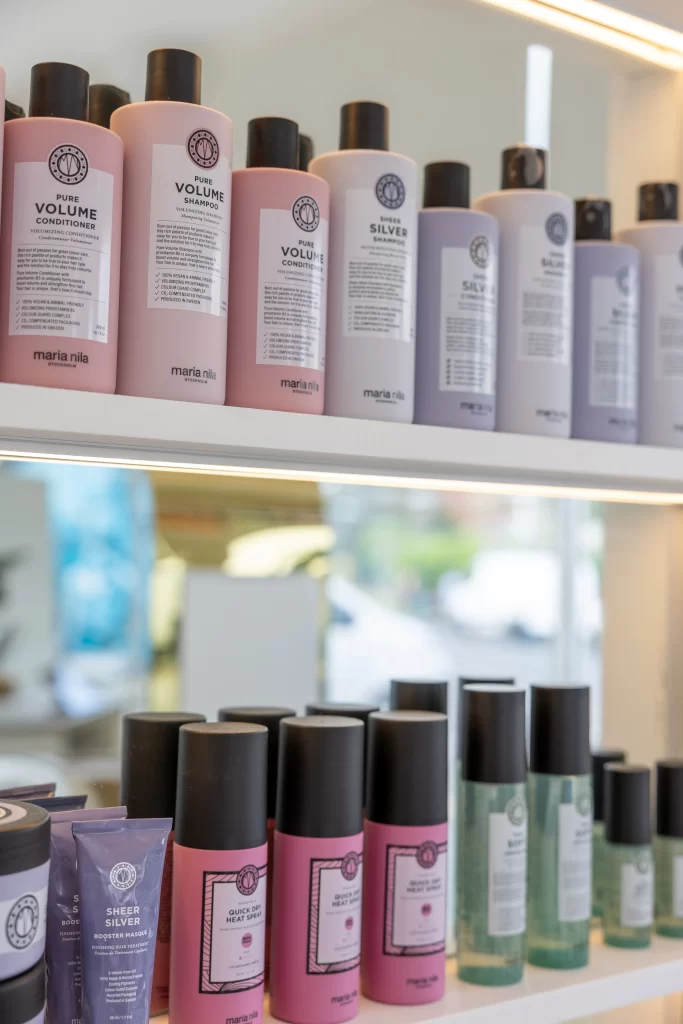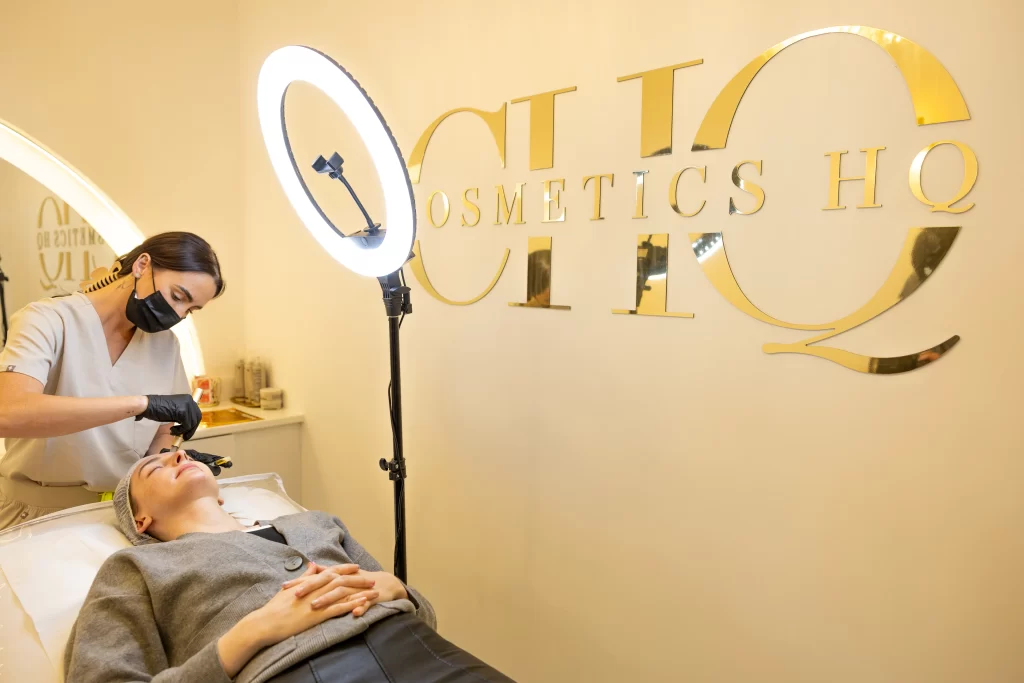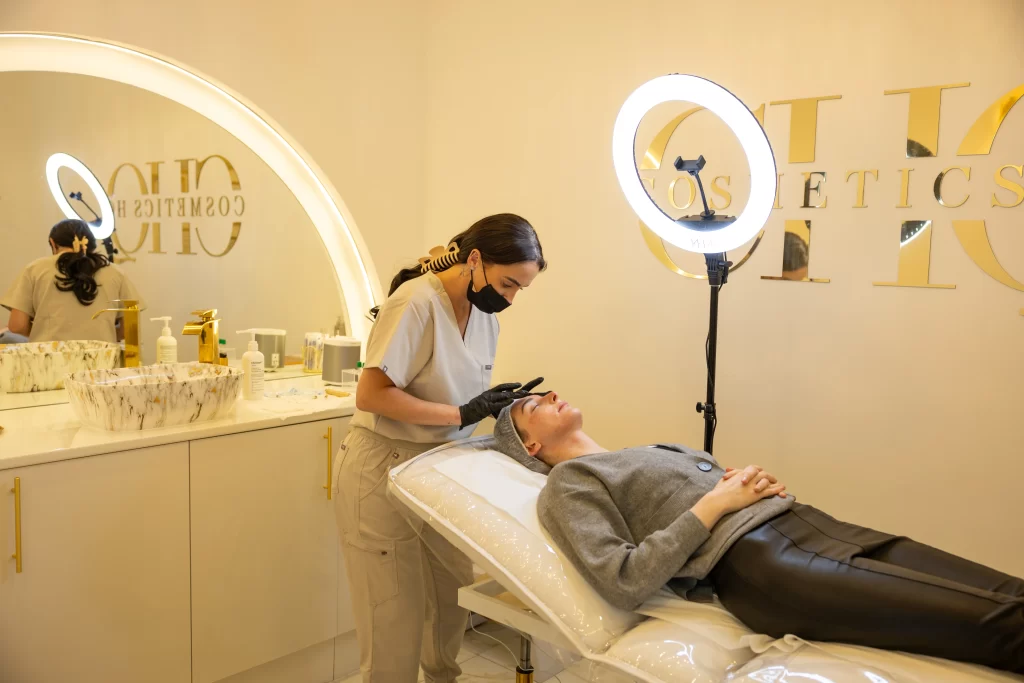Dermaplaning has become an increasingly popular skincare treatment, praised for its ability to leave skin smooth, radiant, and free of fine hairs, commonly known as peach fuzz. However, a common concern that many people have is whether shaving this peach fuzz will cause it to grow back thicker and darker. In this blog, we’ll debunk this myth, explain what really happens to your hair after dermaplaning, and explore the numerous benefits of this treatment. We’ll also cover how often you should have dermaplaning done and how to maintain your results for a lasting glow.
Does Peach Fuzz Grow Back Thicker After Dermaplaning?
One of the most pervasive myths surrounding dermaplaning – and indeed any form of hair removal – is that it will cause hair to grow back thicker and darker. This myth likely stems from the fact that after shaving, hair often feels slightly coarser as it begins to grow back. However, this perception is not due to any actual change in the hair’s thickness or colour.
Here’s why: when you shave or dermaplane, you’re cutting the hair at the surface of the skin, which gives it a blunt tip. This blunt tip can feel more noticeable as it grows out, but the hair itself hasn’t changed in texture, thickness, or colour. The hair follicle remains unaffected by dermaplaning, meaning it continues to produce the same type of hair at the same rate as before. So, you can rest assured that dermaplaning will not cause your peach fuzz to grow back thicker or darker.
What Actually Happens to Your Hair After Dermaplaning?
Dermaplaning is a highly effective exfoliation technique that involves using a sterile surgical scalpel to gently scrape away dead skin cells and fine vellus hair from the surface of the skin. This process not only removes peach fuzz but also helps to reveal a smoother, brighter complexion underneath.
After dermaplaning, your skin will feel incredibly soft and smooth, and your peach fuzz will be gone. As the hair begins to grow back, it will do so at its natural rate and texture. The new hair may feel slightly different at first because it has a blunt end, but it’s important to remember that it is still the same fine, light hair that you had before the treatment.
Benefits of Dermaplaning
Dermaplaning offers a host of benefits beyond just removing peach fuzz. Here are some of the key advantages:
- Smoother Skin: By removing the outer layer of dead skin cells, dermaplaning helps to create a smoother skin surface, allowing for better absorption of skincare products and a more even makeup application.
- Brighter Complexion: The exfoliation process reveals fresh, healthy skin cells, giving your face a brighter and more youthful glow.
- Reduction of Fine Lines: Regular dermaplaning can help to minimise the appearance of fine lines and wrinkles, contributing to a more youthful appearance.
- Improved Texture: Dermaplaning helps to even out skin texture, making it an excellent option for those with rough, dry, or uneven skin.
- Gentle and Non-Invasive: Unlike chemical peels or microdermabrasion, dermaplaning is a gentle treatment that is suitable for most skin types, including sensitive skin.
How Often Should You Have Dermaplaning Done?
The frequency of dermaplaning treatments depends on your individual skin type and skincare goals. For most people, it is recommended to have dermaplaning done every four to six weeks. This allows enough time for your skin to regenerate and for peach fuzz to regrow to a length where it can be effectively removed again.
If you have particularly sensitive skin, you may want to extend the time between sessions to avoid over-exfoliating. Your skincare professional at Cosmetics HQ can help you determine the best treatment schedule based on your skin’s needs.
How to Maintain Your Results
To maintain the smooth, glowing results of dermaplaning, it’s important to follow a proper skincare routine:
- Moisturise Regularly: Keeping your skin well-hydrated will help to maintain its smoothness and prevent dryness.
- Use Sunscreen: After dermaplaning, your skin may be more sensitive to the sun. Applying a broad-spectrum sunscreen with SPF 30 or higher is essential to protect your skin from UV damage.
- Avoid Harsh Exfoliants: Since dermaplaning is a form of exfoliation, it’s best to avoid using additional exfoliating products for a few days after your treatment to prevent irritation.
- Keep Up with Treatments: Regular dermaplaning sessions will help to maintain your skin’s smooth texture and radiant appearance over time.
Why Choose Cosmetics HQ for Dermaplaning?
At Cosmetics HQ, we take pride in offering professional dermaplaning services performed by experienced skincare specialists. Our treatments are carried out in a luxurious, tranquil setting where your comfort and satisfaction are our top priorities. We use only the highest quality tools and techniques to ensure that you receive the best possible results, leaving your skin feeling refreshed, rejuvenated, and beautifully smooth.
Conclusion
The myth that peach fuzz grows back thicker after dermaplaning is just that – a myth. Dermaplaning is a safe, effective treatment that can help you achieve smoother, brighter skin without affecting the texture or colour of your hair. By debunking this common misconception and highlighting the many benefits of dermaplaning, we hope to encourage you to experience the difference for yourself.
If you’re interested in trying dermaplaning or learning more about our skincare treatments, book a consultation with us at Cosmetics HQ today. Let us help you reveal your skin’s true radiance with our expert care and attention.

